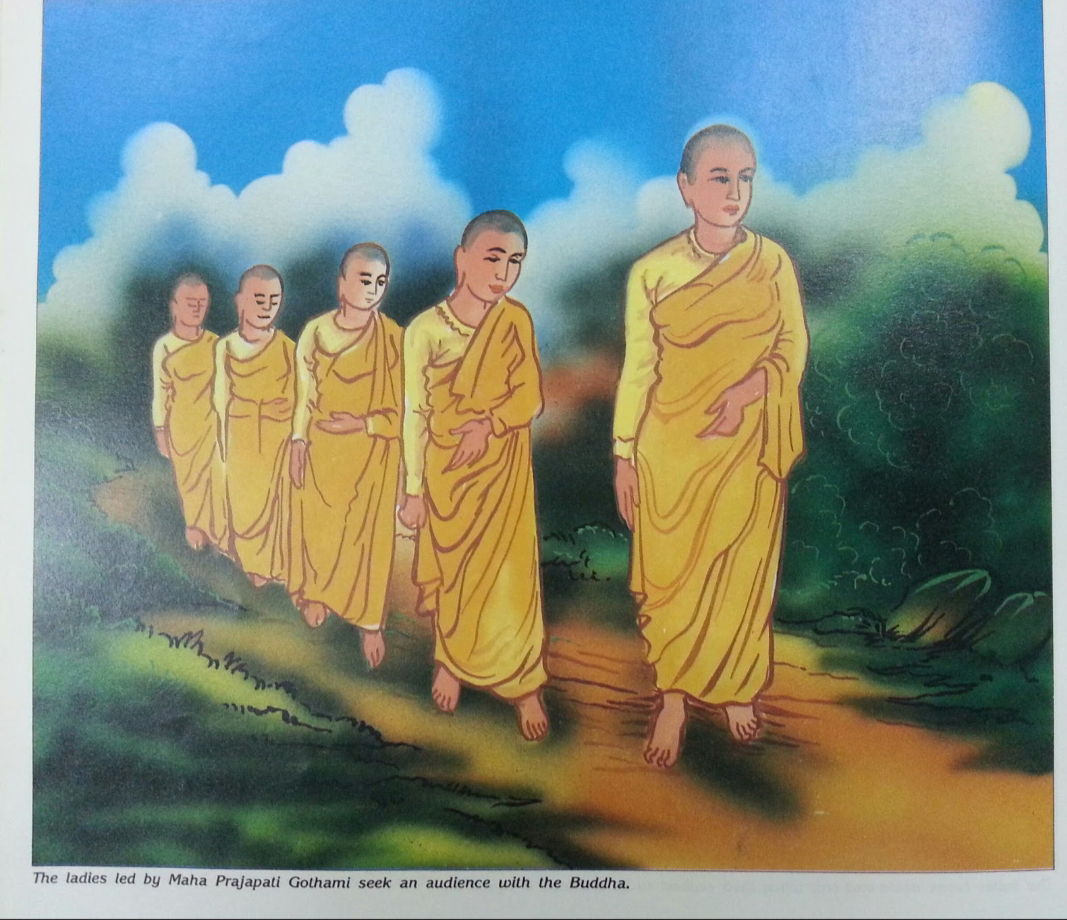8th January: Buddhist Flag Day and The Origin and Meaning of the Buddhist Flag.

8th January: Buddhist Flag Day and The Origin and Meaning of the Buddhist Flag. The Buddhist flag is a flag designed in the late 19th century as a universal symbol of Buddhism. It is used by Buddhists throughout the world. The Buddhist flag is a modern creation and it was jointly designed by Mr J.R. de Silva and Colonel Henry Steele Olcott (American journalist) to mark the revival of Buddhism in Ceylon (presently Sri Lanka) in 1880. They designed a flag from the six colours of the aura that shone around the body and head of the Buddha after His Enlightenment. The Buddhist flag and American flag were draped on Colonel’s dead body in 1907 before his cremation. The flag later came to symbolize the unity of Buddhists. Thereafter, it has been used worldwide and has been used in nearly 60 countries during Buddhist festive seasons, particularly during the Vesak celebrations. The Buddhist Flag was first hoisted in 1885 in Sri Lanka. It is a symbol of faith and pea...
